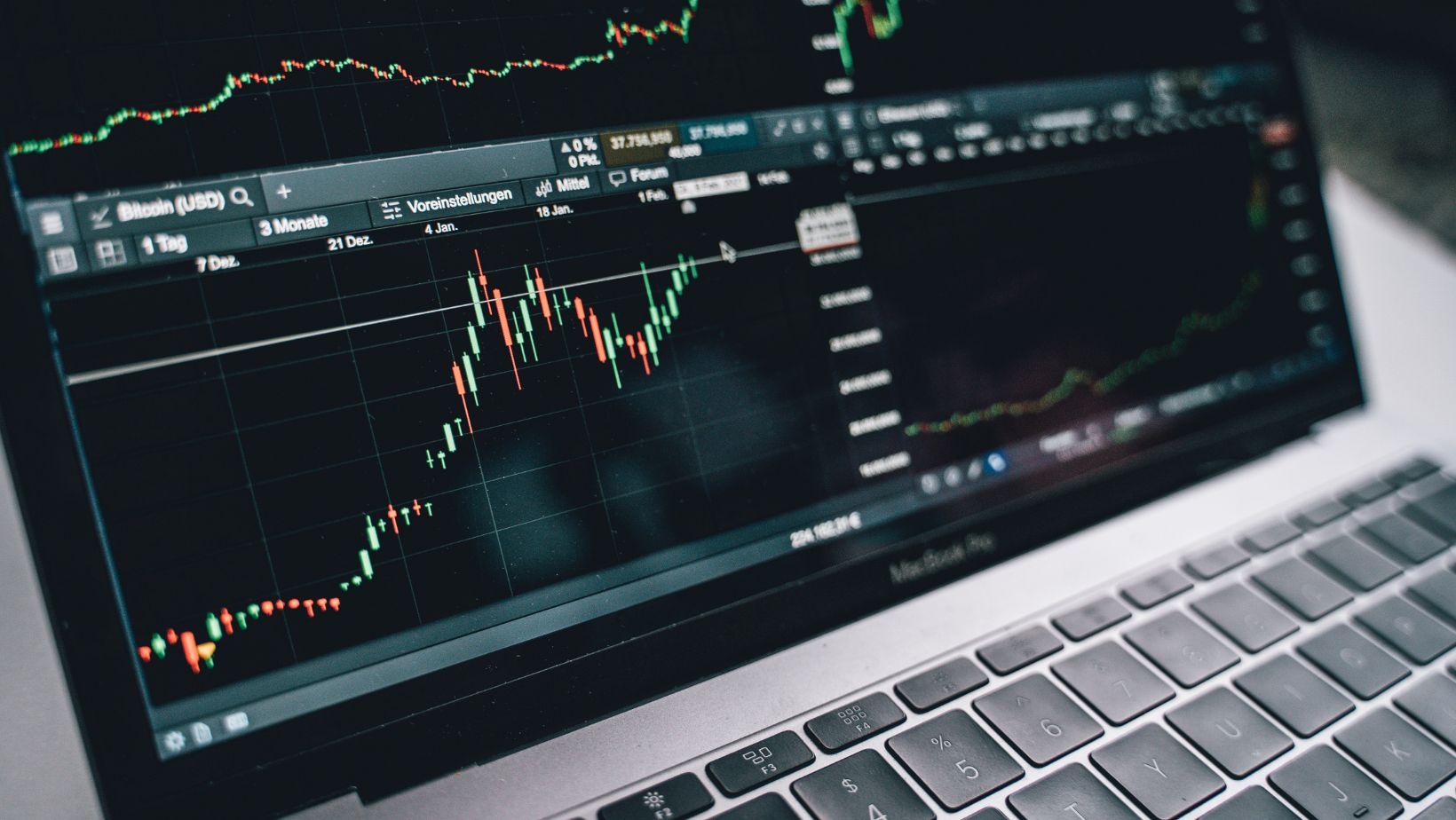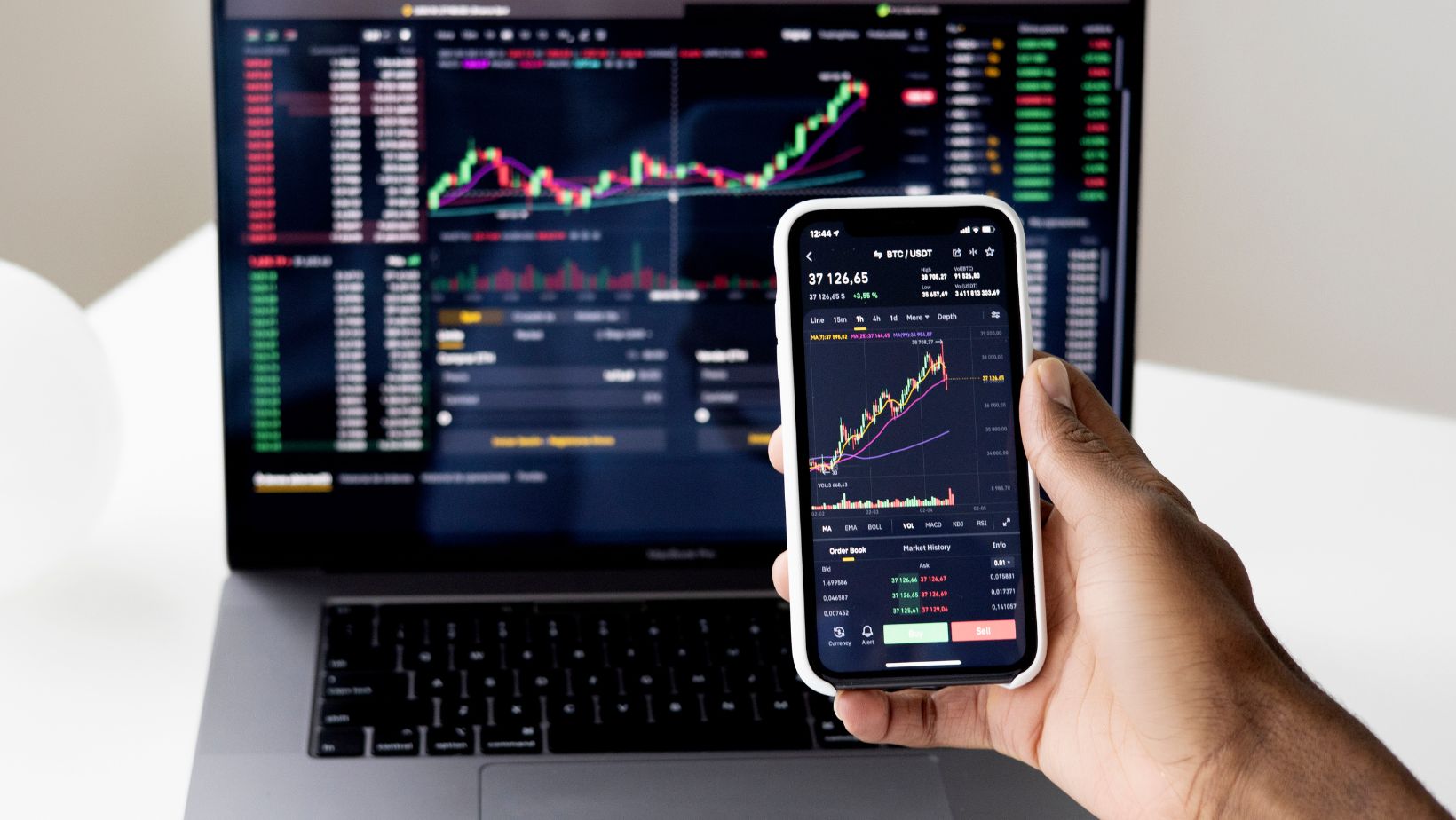Amid escalating global trade tensions and market volatility triggered by President Trump’s sweeping tariff policies, a fascinating economic phenomenon is taking shape: Bitcoin appears to be decoupling from traditional stock market movements. While both asset classes initially plunged following tariff announcements, real-time market data from Binance and other major trading platforms reveals that Bitcoin has begun to chart its own course, potentially signaling a pivotal shift in its relationship with conventional financial markets.
When President Trump unveiled his far-reaching “reciprocal tariffs” on April 2, 2025, the announcement sent shockwaves through global markets. The S&P 500 suffered its worst two-day loss since 2020, shedding an astonishing $3.5 trillion in market value as Federal Reserve Chair Jerome Powell warned of “higher inflation and slower growth”. Bitcoin initially mirrored this decline, dropping sharply as risk-off sentiment spread across asset classes.
During these initial days, Bitcoin behaved like a typical risk asset, falling in tandem with tech stocks and other speculative investments. As Ben Kurland, CEO at crypto research platform DYOR, observed in CNBC’s report, Bitcoin was “mostly trading like a high-beta macro asset, tracking real yields, rate expectations, and dollar strength.” This pattern aligned with the historical correlation between Bitcoin and stocks that has dominated market dynamics since the pandemic.
The Divergence: Signs of Decoupling
However, as the market turbulence continued into the second week of April, a notable divergence emerged. While stock indices continued their downward spiral, Bitcoin stabilized and began showing signs of independent price action.
Independent market analyst Cory Bates highlighted this shift with comparative charts of Bitcoin versus major stock indices, noting that “[…]Bitcoin is decoupling right before our eyes.” This observation was supported by data showing that while the S&P 500 continued to record substantial losses, Bitcoin managed to maintain support levels that technicians had identified as crucial.
Factors Driving the Decoupling
Several factors appear to be driving this emergency decoupling:
Inflation Hedge Narrative Strengthens
As Powell warned about tariff-induced inflation pressures, Bitcoin’s narrative as a potential hedge against inflation has gained renewed attention. According to James Butterfill, CoinShares’ Head of Research, although Bitcoin initially reacts negatively to economic slowdowns, “the long-term picture is different. At some point, the market will realize that the U.S. can’t keep raising interest rates while the economy weakens (stagflation). When that happens, Bitcoin will likely rebound, while stocks continue to struggle.”
This theory is bolstered by historical precedent from the 2018-2019 U.S.-China trade war, when Bitcoin initially dropped 20% in weeks reflecting risk-off sentiment, before climbing as a hedge for uncertainty. The current economic environment of potential stagflation—characterized by slowing growth and persistent inflation—creates conditions similar to those that have previously allowed Bitcoin to break its correlation with equities.
Weakening Dollar Hegemony
Another driving factor relates to the impact of trade wars on global currency dynamics. As Marcin Kazmierczak, chief operating officer at blockchain firm RedStone, noted, “protectionist policies that potentially weaken dollar hegemony could accelerate interest in decentralized alternatives over the medium-to-long term.” The implementation of sweeping tariffs can erode confidence in the dollar-centric global trade system, potentially benefiting non-sovereign assets like Bitcoin.
Technical Market Factors
From a technical analysis perspective, Bitcoin has demonstrated resilience by maintaining key support levels even as traditional markets faltered. David Hernandez, crypto investment specialist at 21Shares, observed that “bitcoin holding above key technical support signals strong underlying demand” despite broader market turmoil. This technical strength suggests institutional and retail buyers view price dips as accumulation opportunities rather than reasons to exit the market.
Long-Term Implications
While it’s too early to declare a permanent decoupling, the current divergence raises intriguing questions about Bitcoin’s evolving role in the global financial system. If this pattern continues, it could signal Bitcoin’s maturation as an independent asset class with distinct market drivers.
The phenomenon also aligns with predictions made by some crypto proponents that Bitcoin would eventually break free from its correlation with risk assets and function more as a monetary hedge during periods of economic uncertainty. According to market analyst Cory Bates, “The transition from gold to Bitcoin signals a pivotal moment in asset dynamics,” suggesting we may be witnessing an important shift in how investors categorize and utilize Bitcoin.
Conclusion
As global markets continue to grapple with the impact of escalating tariffs and trade tensions, Bitcoin’s price action bears close monitoring. The nascent decoupling from stock market movements could represent a significant evolution in Bitcoin’s market behavior and strengthen its case as a portfolio diversifier during economic turbulence.
For cryptocurrency enthusiasts, this emerging dynamic provides compelling evidence that Bitcoin may indeed fulfill its long-theorized role as a hedge against both monetary inflation and market uncertainty. However, whether this decoupling proves sustainable or merely temporary remains one of the most fascinating questions in contemporary market analysis.




























































